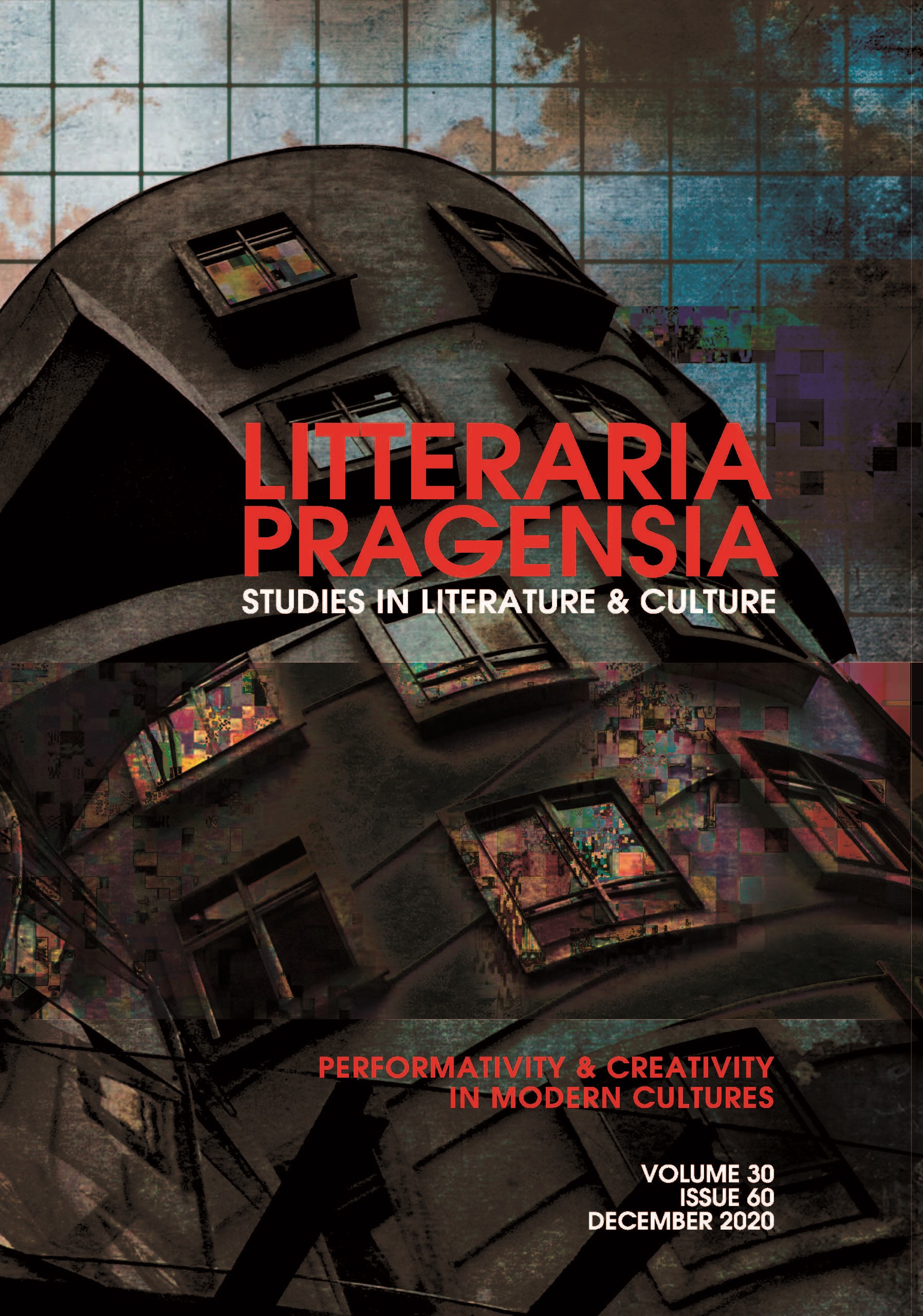Romantic play: from ludus to paidia, from agon to ilinx
Romantic play: from ludus to paidia, from agon to ilinx
Author(s): Mirka HorováSubject(s): Theatre, Dance, Performing Arts, Studies of Literature
Published by: Univerzita Karlova v Praze - Filozofická fakulta, Vydavatelství
Keywords: Romantic play; ludus; paidia; agon; ilinx
Summary/Abstract: Play oscillates on a continuum between the free and the rule-governed polarity. If we use this paradigm to think about the development of Western thought, we see that it is marked by various stages of accentuation along this dynamic continuum between paidia (free play) and ludus (rule-governed play). This development corresponds to the degree of interest in teleological structures. In the Romantic era, this interest is redefined by a sustained exploration of heterogeneity, performativity, and free play, which manifests itself in the breaking-up or recasting of hierarchical structures. This article addresses the transition from traditional literary aspects of agon (contest) to the free-wheeling vortex of ilinx (vertigo), which seeks to transgress and subvert accepted structures of hierarchy, thereby redefining our understanding and ways of conceptualisation. Negotiating the issues of becoming, indeterminacy and fragmentation, Romanticism is a precursor of avant-garde movements of modernity, and its channelling of certain play strategies is a case in point. The movement is from closed structures (ludus – game) to open systems (paidia – play), where structures are metaphysical, political, generic, and gender. The stability these structures had been endowed with by tradition and revolution alike are continually interrogated and destabilised by the heterogeneous contingency of Romantic agenda.
Journal: Litteraria Pragensia: Studies in Literature and Culture
- Issue Year: 30/2020
- Issue No: 60
- Page Range: 151-169
- Page Count: 19
- Language: English

